The canals of Amsterdam are an iconic and integral part of the city’s history, culture, and identity. Amsterdam’s canal system is a UNESCO World Heritage Site, recognized for its outstanding universal value and significance.
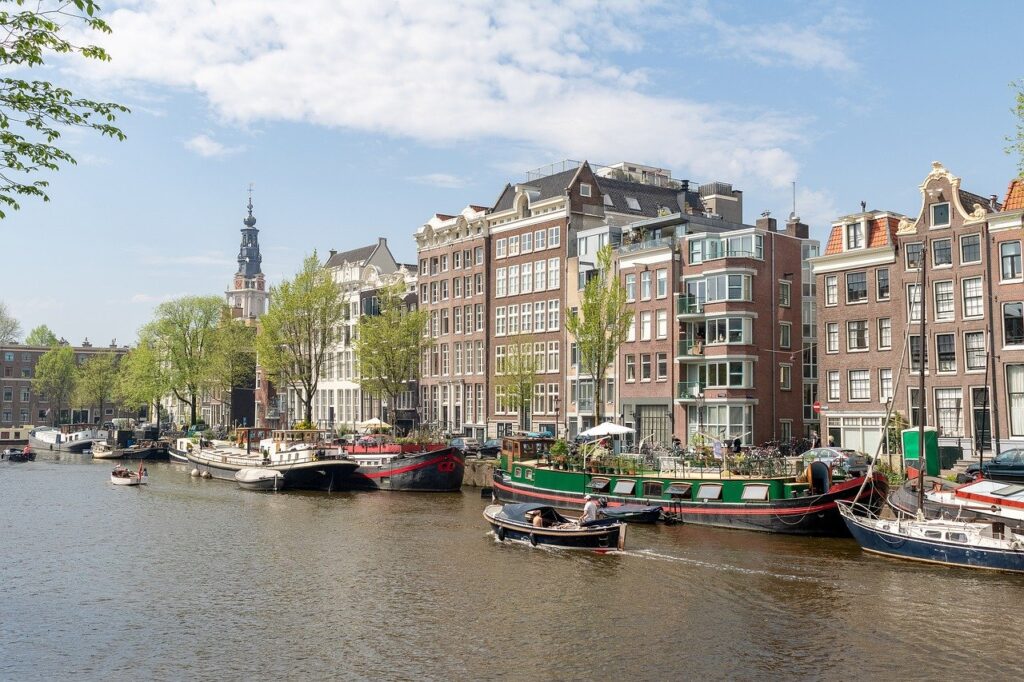
Famous canals of Amsterdam
Amsterdam boasts over 100 kilometers of picturesque canals adorned with more than 1500 charming bridges. Among the most renowned waterways are the Herengracht, Prinsengracht, and Keizersgracht, collectively crafting the iconic Amsterdam canal belt.”
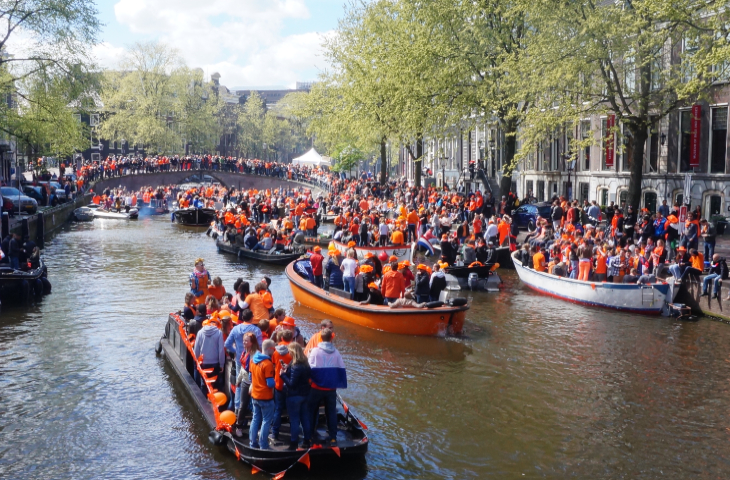
Some facts to know about canals in Amsterdam
Oldest canal: 1385, Oudezijds Voorburgwal.
Longest canal: 6.3 kilometers, Singelgracht the longest canal.
Widest canal; 31 meters, Keizersgracht from 1612.
Order of canals:
1. Singel: The inner canal that originally served as a city wall.
2. Herengracht: The second canal, known for its beautiful mansions and stately architecture.
3. Keizersgracht: The third canal with a comparable wealth of historic buildings.
4. Prinsengracht: The outer canal of the circle, surrounded by characteristic buildings.

UNESCO – Canals in Amsterdam, here are some key points:
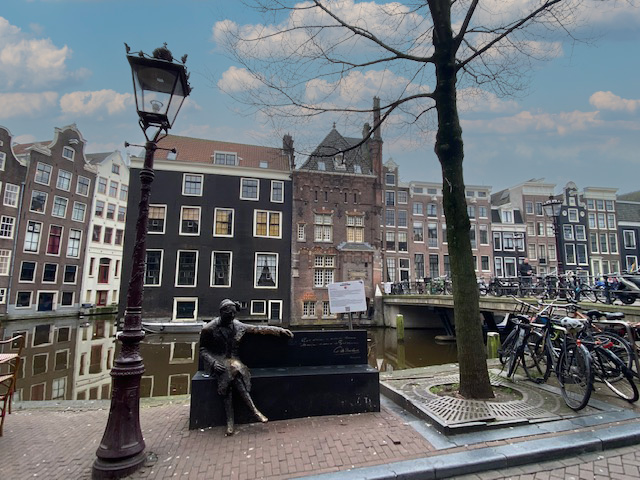
- Historical significance: The canal system of Amsterdam was primarily constructed during the Dutch Golden Age in the 17th century. The canals were designed to facilitate trade, transport goods, and manage water levels in the city. They served as a crucial factor in the city’s economic growth and prosperity during that period.
- Engineering marvel: The layout and construction of Amsterdam’s canals were groundbreaking engineering achievements of their time. The canal belt is characterized by its semi-circular rings, intersected by smaller canals that create a unique and picturesque urban landscape.
- Cultural heritage: The canals not only represent engineering prowess but also showcase the cultural heritage and urban planning of Amsterdam. They are lined with beautiful historic buildings, canal houses, bridges, and houseboats, reflecting the city’s architectural heritage and providing a glimpse into the city’s past.
- Urban planning: Amsterdam’s canal system is an exceptional example of urban planning and water management. The city’s expansion and development were closely tied to its canal network, which played a significant role in shaping the urban fabric.
- UNESCO World Heritage status: In 2010, Amsterdam’s canal ring was inscribed as a UNESCO World Heritage Site. This prestigious designation acknowledges the exceptional value and importance of the canals as a cultural and historical asset of humanity.
- Tourism and recreation: Today, the canals of Amsterdam are not just important for transportation and trade but also serve as a major tourist attraction. Boat tours along the canals are a popular way for visitors to explore the city, offering breathtaking views of Amsterdam’s architecture and landmarks from the water.
- Preservation and conservation: The UNESCO status places an emphasis on the preservation and conservation of the canals and the surrounding historic buildings. It encourages responsible urban development and safeguards the city’s unique character for future generations.
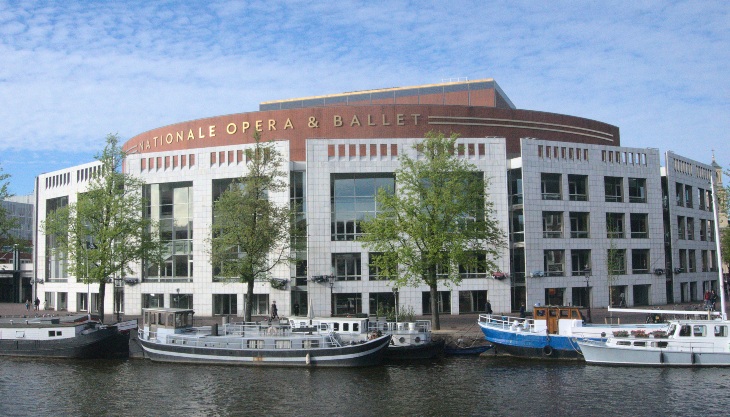
In summary, Amsterdam’s canals are much more than just a tourist attraction; they represent a living heritage, a testament to human ingenuity, and a reflection of the city’s identity and history. Exploring the canals by boat is an immersive and enchanting experience that allows visitors to truly appreciate the beauty and significance of this UNESCO World Heritage Site.
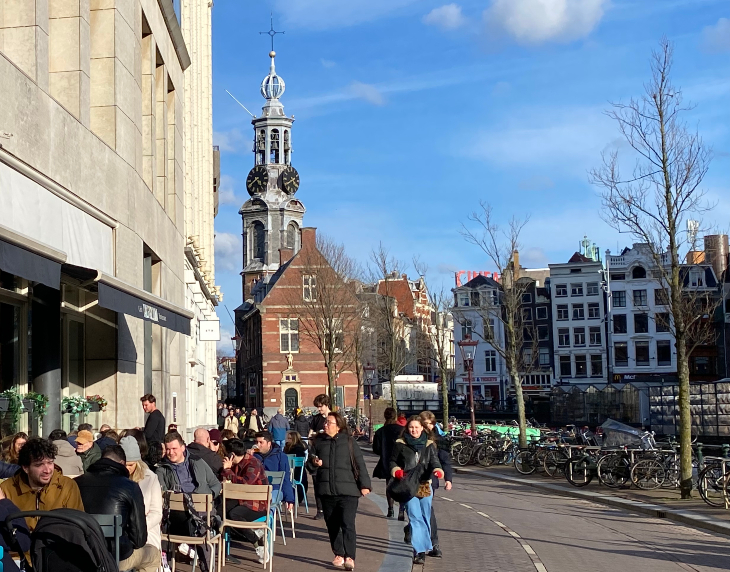

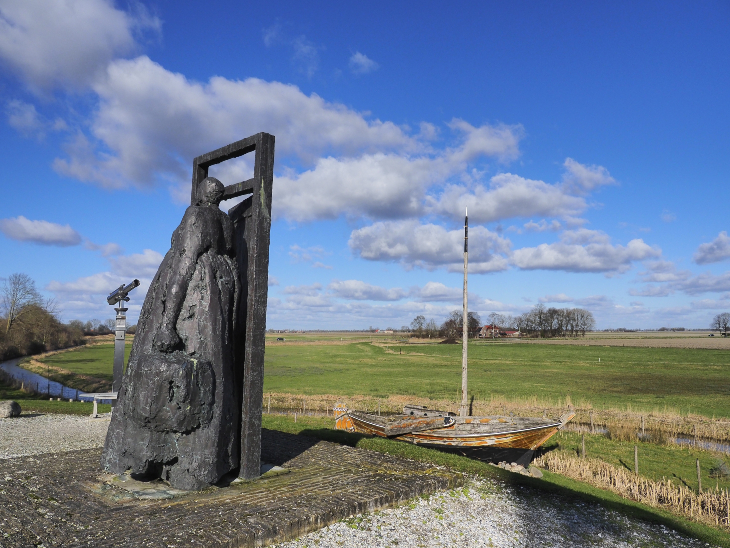
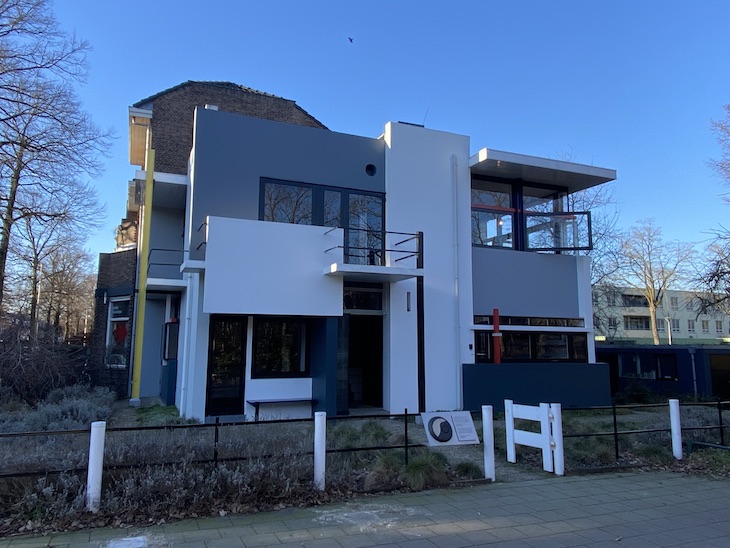







Leave A Reply